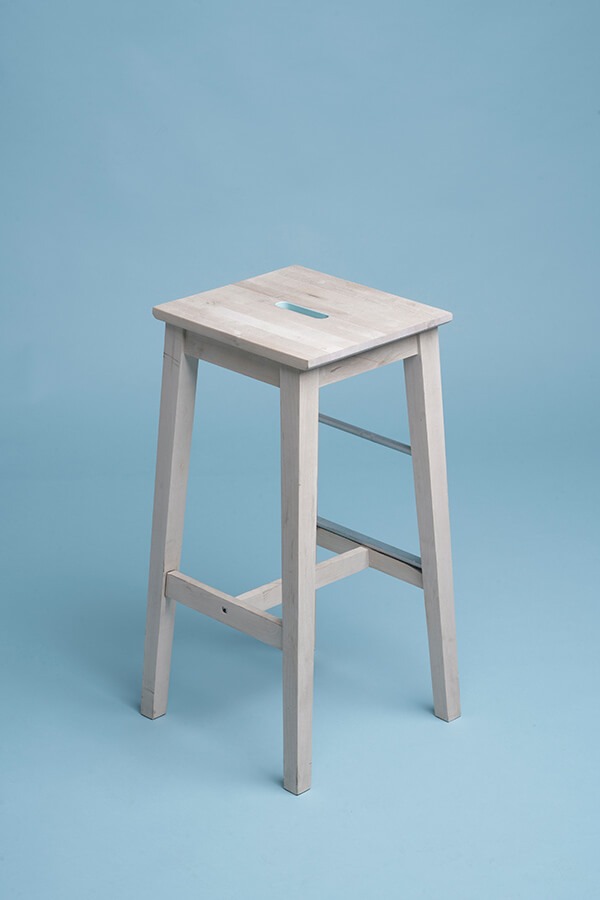*Positioning
Reverse positioning and value proposition ideal for your company?

Can a company differentiate itself by leaving out important features or benefits? A brand with a reverse positioning creates space for distinctive value by omitting what the market sees as standard (and necessary).
On paper, this is obviously a disaster, if you’re used to the search function on the Yahoo portal, you’re not going to like Google’s empty search page. Until you realize how much faster and more efficient this search engine is. An analysis would quickly have shown at the time that Google had no chance, both offered a search function, but Yahoo also had a whole list of features and benefits. The choice seemed simple.

Is the bottle part of the basic product of water?
By leaving out what the rest of the market sees as basic elements of the value proposition, necessary to even compete, a brand can suddenly take a completely different approach.
Reverse positioning and the product life cycle
The reverse positioning is originated by Youngme Moon and is one of her three solutions to break a brand free from the Product Life Cycle (source) by not transitioning into the decline stage but returning to the growth stage. The traditional product life cycle is as follows:

Reverse positioning is particularly relevant for a brand in the maturity phase. Traditionally, the focus is on expanding the value proposition or differentiating the product. In coffee, for example, the Senseo machine suddenly could also make tea and cappuccino from pads, and the number of flavors was greatly expanded. As consumers, we quickly find it logical that cappuccino comes out and you can choose from a range of flavors. It’s not an extended product but has become the standard for a brand that wants to sell coffee.
Successful brands (including Senseo) often start as challengers in a mature, entrenched market and do things radically differently. This is what we call “disruptive”, a concept coined by Clayton Christensen that describes how a new, simple technology from below pushes established players out of the market. Moon, in turn, sees reverse positioning as a way for established players to be ahead of the game and return to the growth phase of the product life cycle.
Voorbeelden omgekeerde positionering

Hoeveel mag zo’n kruk kosten?
IKEA is a favorite example of Moon and one that she extensively covers in both her book and articles. IKEA also entered a mature market, full of chains that offered a huge variety, advisors on the floor, and high quality. IKEA’s offer was limited to a number of non-sustainable furniture items per category that you had to assemble yourself, resulting in lower costs. This allowed the brand to invest in hypermodern, spacious stores, a restaurant, and an expansion of the offer to everything you need to furnish a home. Unprecedented for budget formulas.
Ikea suddenly entered the market with a side table that costs less than the coffee you put on it.
Dell quickly captured a large part of the PC market by no longer having stores or resellers and drastically limiting configuration options. Their prices were far below those of the competition while profitability was ensured.
Nintendo withdrew from the arms race of ever faster processors, graphics cards, and more complex games with the Wii. By putting movement at the center, the company could afford it, and it paid off.
In short, there are plenty of examples of disruptive brands that reverse their positioning. But how can you use this?
For years, Merkelijkheid has been helping B2B and B2C brands with a distinctive (re)positioning. We are of course happy to discuss the possibilities with you.
Getting started with reverse positioning
The first step is, of course, determining the basic product. For a hotel, the basic product is a roof over your head, a place to sleep. The bathroom probably doesn’t even belong there. Airbnb started by simply selling a place to sleep (on a pull-out couch). What is your basic product?
Everything that remains is the additional product. What can you remove from the additional product and what can you offer or do with the resources that become available? Or look at it another way, how much cost do you need to eliminate to be able to offer an unprecedented service or warranty in the market? If, for example, 12 weeks of delivery time is normal in your market, what do you need to make it one day?
The most important thing is that the new value proposition is so distinctive and has such an impact that it sends shockwaves through the market. Keep in mind the example of Google and Yahoo, which on paper was never going to work: “That’s not what our market is about.” In practice, people found it refreshing.